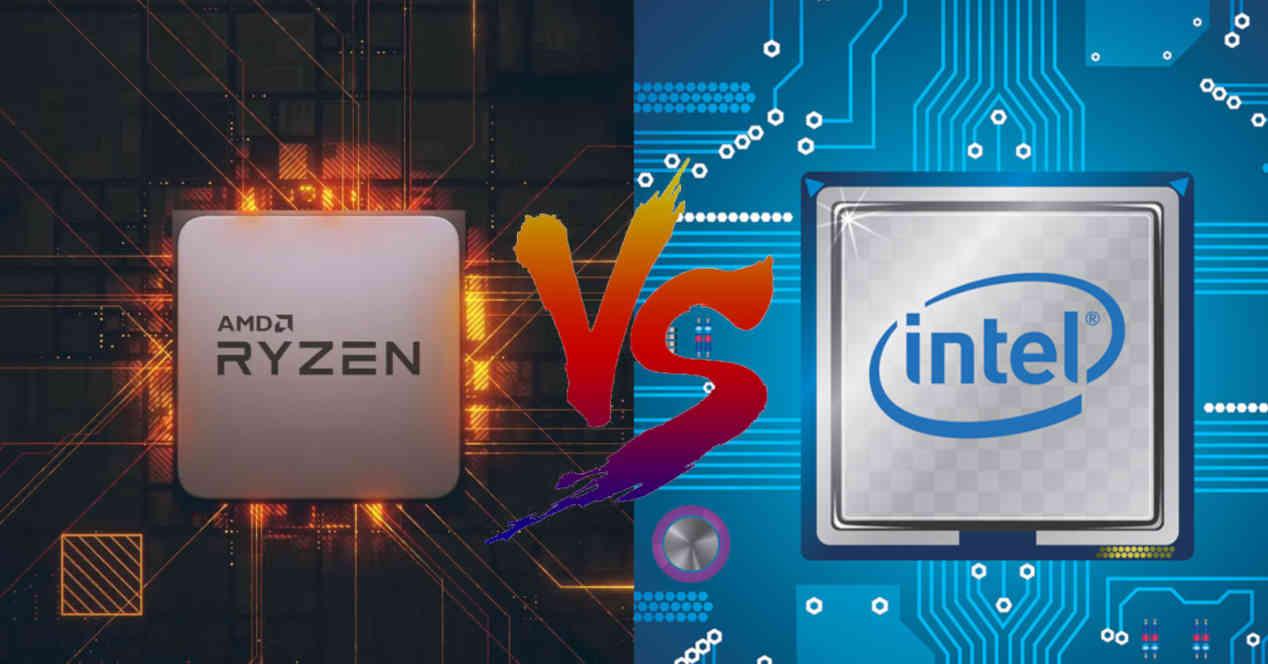Intel doesn’t want to stop being an option for the enthusiastic market, especially now that AMD with its Ryzen 5000 “Vermeer” is at the peak of its performance and demand for these new processors from the company led by Lisa Su is growing. more and more popular. more time.
Since the trade war between Intel and AMD is a zero-sum game, in which a misstep of one benefits the other, there is enormous competitiveness that has made Intel after years of disappointing generational leaps in which the The rise in the CPI could be counted on the fingers of one hand.
The answer to the Ryzen 5000 is the Intel Rocket Lake-S, with which the company founded by Gordon Moore after many generations of its Intel Core has decided to increase the CPI by double digits.
Intel Core i7-11700K is equivalent to AMD Ryzen 7 5800X in PASSMARK


It is not known whether these results are obtained with a final version of the processor or with an engineering sample, but in the database of the PassMark reference the results of a Intel Core i7-11700K, which surprisingly is on par with AMD Ryzen 7 5800X.
The 11700K is the result of 3584 points in the benchmark of single threadwhile the 5800X gets a result of 3509 points on average in the same test, since the database is a weighted average of all processors in a model from which the results were downloaded.
When it comes to multithreading, Intel’s chip gets 54255 versus AMD’s 54489. Remember in passing that we are facing two processors of 8 cores and 16 execution threads.
Rocket Lake-S, Intel’s latest large 14nm processor
The Rocket Lake-S family uses the núcleos Cypress Cove, which are the same cores used in the 10nm ice lake, but with the difference that they were ported on Intel 14nm node, making Intel’s 11th generation the last to run under its 14nm node.
The fact that Rocket Lake-S created by Zen 3 one wonders what would have happened if Intel had been able to deploy this architecture under its 10nm node. AMD uses the node 7 nm from TSMC for Zen 3, which equates to Intel’s 10nm in terms of specs, so the fact that Intel managed to match the performance of the Zen 3 with a lower manufacturing node is something to be positively highlighted.
In any case, it cannot be denied that if AMD had not succeeded with its Zen architectures then Intel would not have put the batteries in and it would have been necessary to be satisfied with another disappointing and minuscule performance leap from generation to generation. the other. So if this slaughter competition between the two benefits us in the form of big processors for our computers, then welcome.










